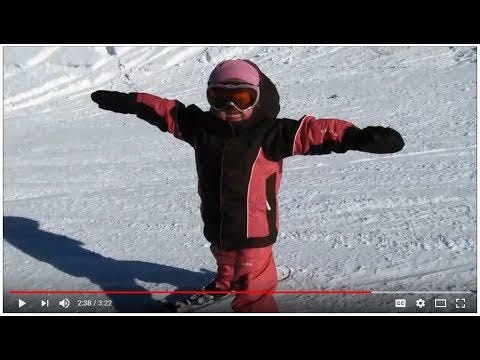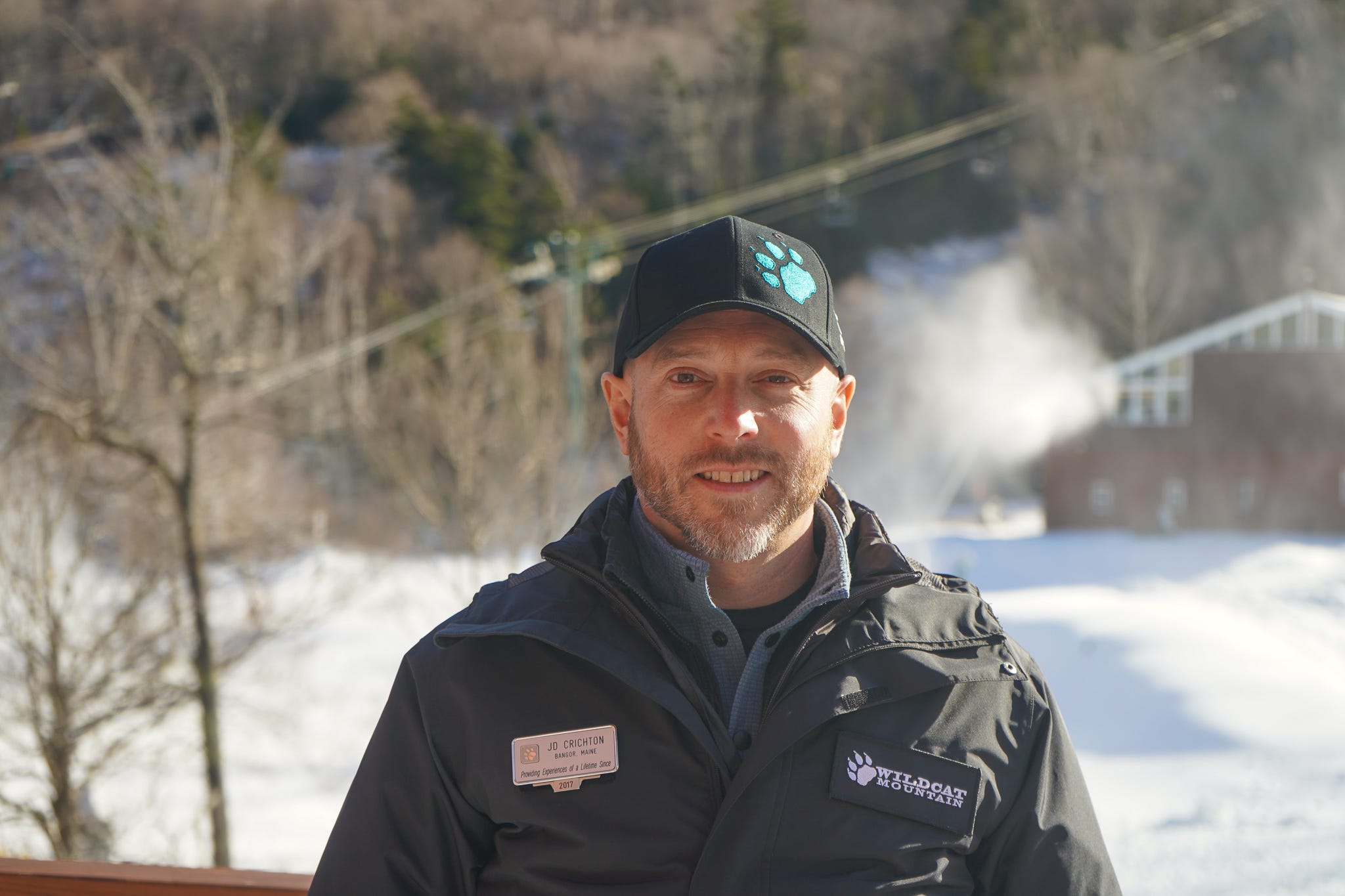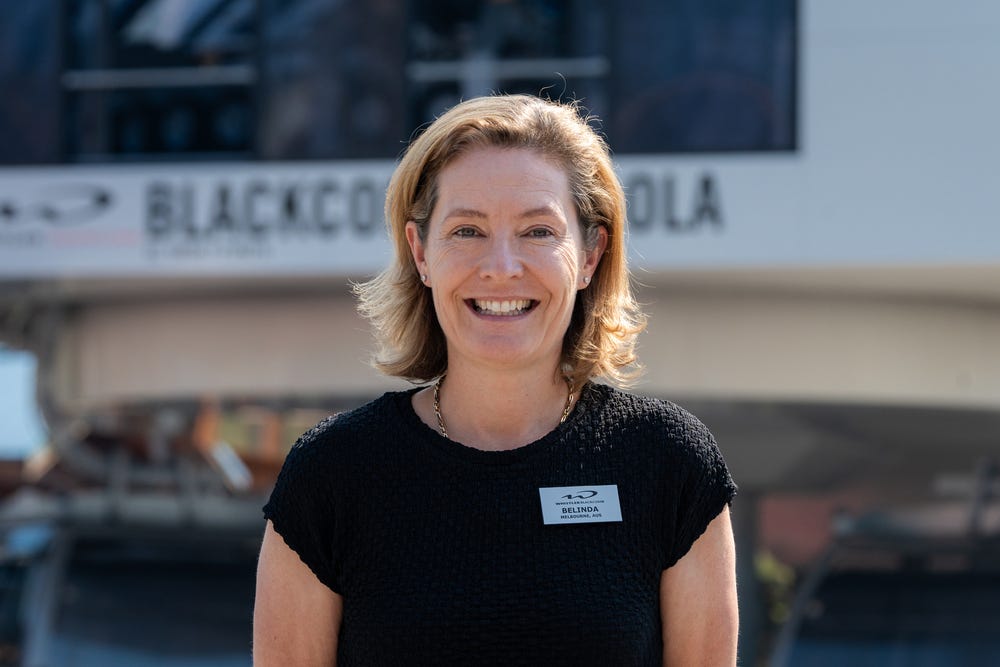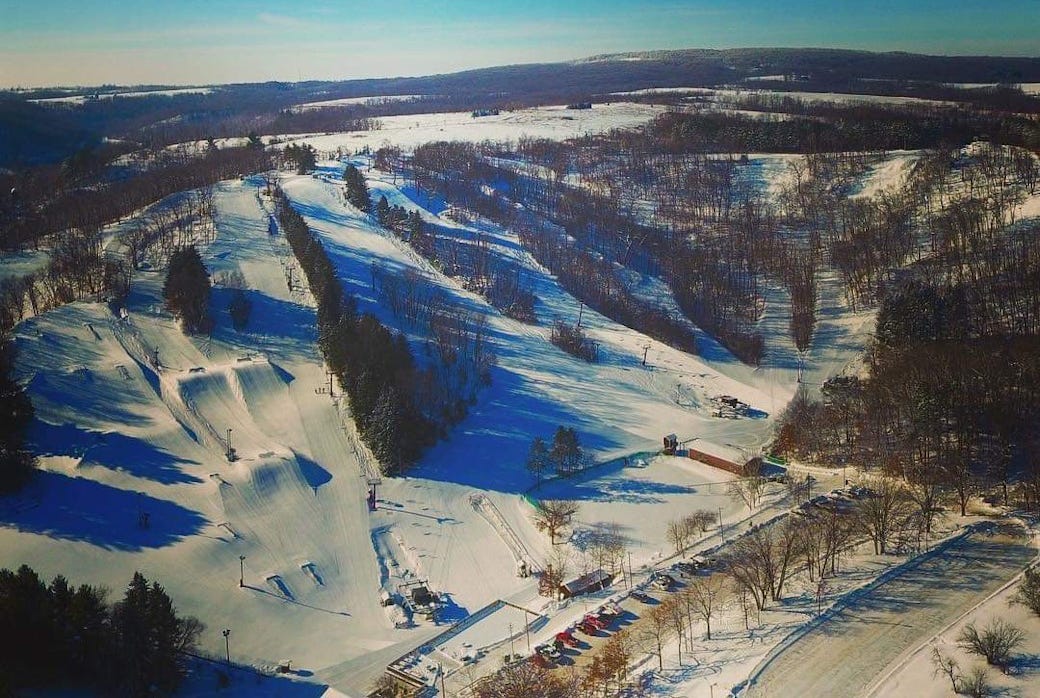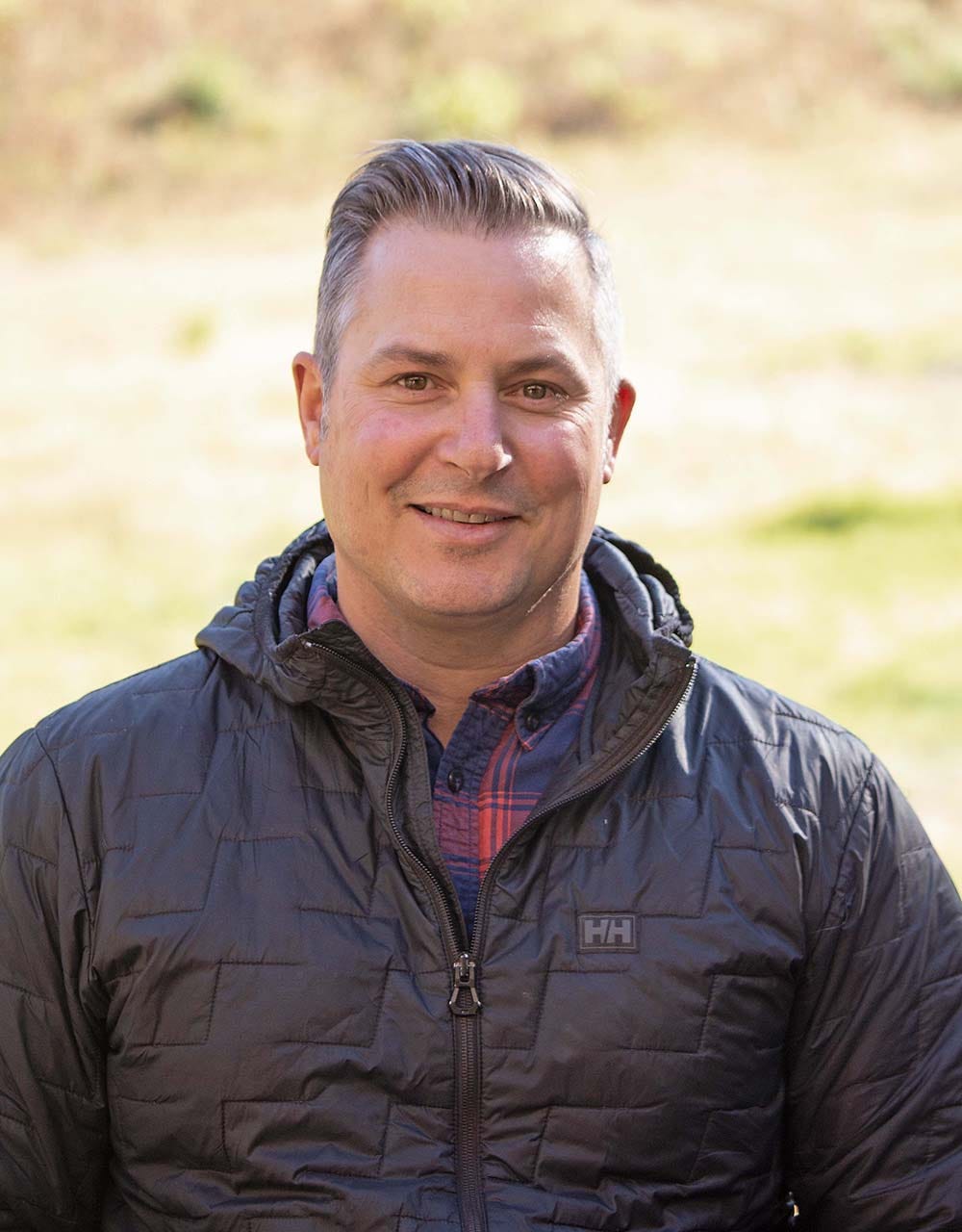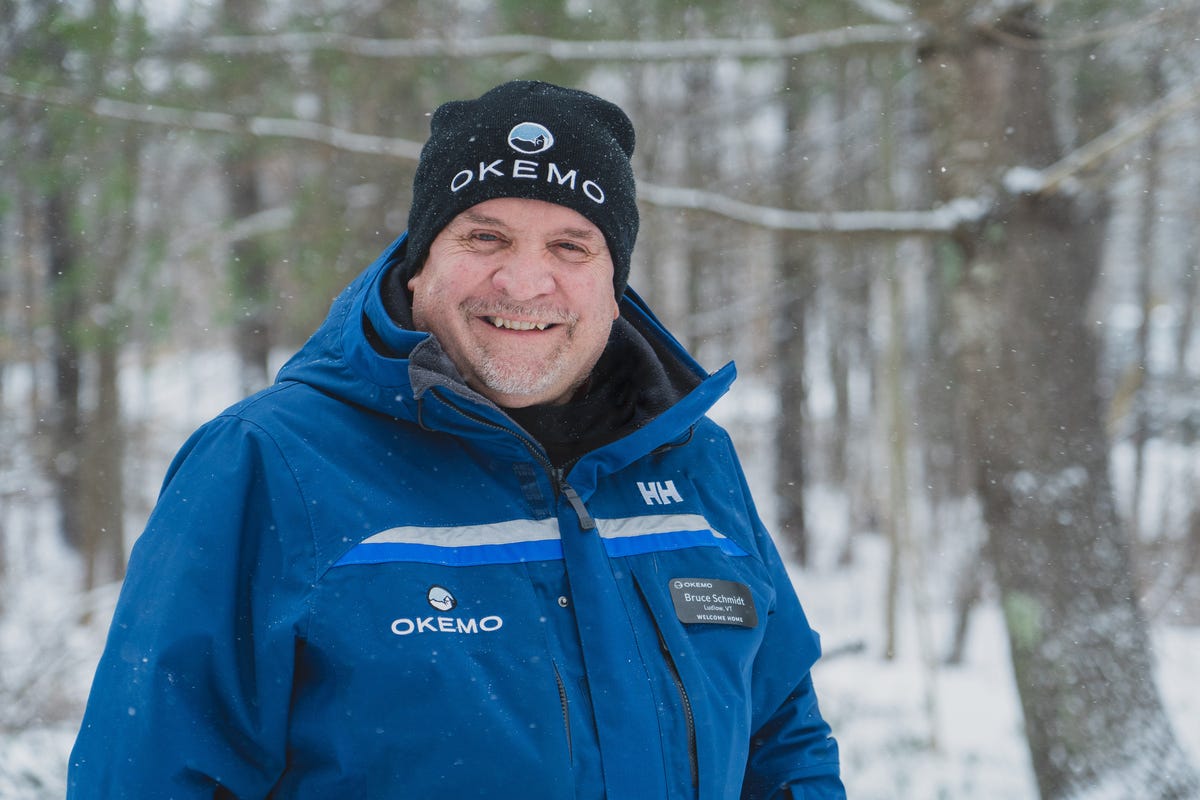Podcast #163: Red Mountain CEO & Chairman Howard Katkov
Description
This podcast hit paid subscribers’ inboxes on Feb. 28. It dropped for free subscribers on March 6. To receive future pods as soon as they’re live, and to support independent ski journalism, please consider an upgrade to a paid subscription (on sale at 15% off through March 12, 2024). You can also subscribe to the free tier below:
Who
Howard Katkov, Chairman and CEO of Red Mountain Resort, British Columbia
Recorded on
Feb. 8, 2024
About Red Mountain
Click here for a mountain stats overview
Owned by: Red Mountain Ventures
Located in: Rossland, British Columbia, Canada
Year founded: 1947 (beginning of chairlift service)
Pass affiliations:
* Ikon Pass: 7 days, no blackouts
* Ikon Base Pass and Ikon Base Pass Plus: 5 days, holiday blackouts
* Lake Louise Pass (described below)
Closest neighboring ski areas: Salmo (:58), Whitewater (1:22 ), Phoenix Mountain (1:33 ), 49 Degrees North (1:53 )
Base elevation: 3,887 feet/1,185 meters
Summit elevation: 6,807 feet/2,075 meters
Vertical drop: 2,919 feet/890 meters
Skiable Acres: 3,850
Average annual snowfall: 300 inches/760 cm
Trail count: 119 (17% beginner, 34% intermediate, 23% advanced, 26% expert)
Lift count: 8 (2 fixed-grip quads, 3 triples, 1 double, 1 T-bar, 1 carpet)
View historic Red Mountain trailmaps on skimap.org. Here are some cool video overviews:
Granite Mountain:
Red Mountain:
Grey Mountain:
Rossland:
Why I interviewed him
It’s never made sense to me, this psychological dividing line between Canada and America. I grew up in central Michigan, in a small town closer to Canada (the bridge between Sarnia and Port Huron stood 142 miles away), than the closest neighboring state (Toledo, Ohio, sat 175 miles south). Yet, I never crossed into Canada until I was 19, by which time I had visited roughly 40 U.S. states. Even then, the place felt more foreign than it should, with its aggressive border guards, pizza at McDonald’s, and colored currency. Canada on a map looks easy, but Canada in reality is a bit harder, eh?
Red sits just five miles, as the crow flies, north of the U.S. border. If by some fluke of history the mountain were part of Washington, it would be the state’s greatest ski area, larger than Crystal and Stevens Pass combined. In fact, it would be the seventh-largest ski area in the country, larger than Mammoth or Snowmass, smaller only than Park City, Palisades, Big Sky, Vail, Heavenly, and Bachelor.
But, somehow, the international border acts as a sort of invisibility shield, and skiing Red is a much different experience than visiting any of those giants, with their dense networks of high-speed lifts and destination crowds (well, less so at Bachelor). Sure, Red is an Ikon Pass mountain, and has been for years, but it is not synonymous with the pass, like Jackson or Aspen or Alta-Snowbird. But U.S. skiers – at least those outside of the Pacific Northwest – see Red listed on the Ikon menu and glaze past it like the soda machine at an open bar. It just doesn’t seem relevant.
Which is weird and probably won’t last. And right now Shoosh Emoji Bro is losing his goddamn mind and cursing me for using my platform focused on lift-served snowskiing to hype one of the best and most interesting and most underrated lift-served snowskiing operations in North America. But that’s why this whole deal exists, Brah. Because most people ski at the same 20 places and I really think skiing as an idea and as an experience and as a sustainable enterprise will be much better off if we start spreading people out a bit more.
What we talked about
Red pow days; why Red amped up shuttle service between the ski area and Rossland and made it free; old-school Tahoe; “it is the most interesting mountain I’ve ever skied”; buying a ski area when you’ve never worked at a ski area; why the real-estate crash didn’t bury Red like some other ski areas; why Katkov backed away from a golf course that he spent a year and a half planning at Red; why the 900 lockers at the dead center of the base area aren’t going anywhere; housing and cost of living in Rossland; “we look at our neighborhood as an extension of our community of Rossland”; base area development plans; balancing parking with people; why and how Red Mountain still sells affordable ski-in, ski-out real estate; “our ethos is to be accessible for everybody”; whether we could ever see a lift from Rossland to Red; why Red conducted a crowd-funding ownership campaign and what they did with the money; Red’s newest ownership partners; the importance of independence; “the reality is that the pass, whether it’s the Epic or the Ikon Pass, has radically changed the way that consumers experience skiing”; why Red joined the Ikon Pass and why it’s been good for the mountain; the Mountain Collective; why Red has no high-speed lifts and whether we could ever see one; no stress on a powder day; Red’s next logical lift upgrades; potential lift-served expansions onto Kirkup, White Wolf, and Mt. Roberts; and the Powder Highway.
Why I thought that now was a good time for this interview
My full-scale assault of Canada, planned for 2023, has turned into more of an old-person’s bus tour. I’m stopping at all the big sites, but I sure am taking my time, and I’m not certain that I’m really getting the full experience.
Part of this echoes the realization centuries’ of armies have had when invading Russia: damn this place is big. I’d hoped to quickly fold the whole country into the newsletter, as I’d been able to do with the Midwest and West when I expanded The Storm’s coverage out of the Northeast in 2021. But I’d grown up in the Midwest and been skiing the West annually for decades. I’d underestimated how much that had mattered. I’d skied a bit in Canada, but not consistently enough to kick the door down in the manner I’d hoped. I started counting ski areas in Quebec and stopped when I got to 4,000*, 95 percent of which were named “Mont [some French word with numerous squiggly marks above the letters].” The measurements are different. The money is different. The language, in Quebec, is different. I needed to slow down.
So I’m starting with western Canada. Well, I started there last year, when I hosted the leaders of SkiBig3 and Sun Peaks on the podcast. This is the easiest Canadian region for a U.S. American to grasp: Epic, Ikon, Mountain Collective, and Indy Pass penetration is deep, especially in British Columbia. Powdr, Boyne, Vail, and Pacific Group Resorts all own ski areas in the province. There is no language barrier.
So, Red today, Panorama next month, Whistler in June. That’s the way the podcast calendar sets up now, anyway. I’ll move east as I’m able.
But Red, in particular, has always fascinated me. If you’re wondering what the largest ski area in North America is that has yet to install a high-speed lift, this is your answer. For many of you, that may be a deal-breaker. But I see a time-machine, an opportunity to experience a different sort of skiing, but with modern gear. Like if aliens were to land on today’s Earth with their teleportation devices and language-translation brain chips and standard-issue post-industro-materialist silver onesies. Like wow look how much easier the past is when you bring the future with you.
Someday, Red will probably build a high-speed lift or two or four, and enough skiers who are burned out on I-70 and LCC but refuse to give up their Ikon Passes will look north and say, “oh my, what’s this all about?” And Red will become some version of Jackson Hole or Big Sky or Whistler, beefy but also busy, remote but also accessible. But I wanted to capture Red, as it is today, before it goes away.
*Just kidding, there are actually 12,000.^
^OK, OK, there are like 90. Or 90,000.
Why you should ski Red Mountain
Let’s say you’ve had an Ikon Pass for the past five or six ski seasons. You’ve run through the Colorado circuit, navigated the Utah canyons, circled Lake Tahoe. The mountains are big, but so are the crowds. The Ikon Pass, for a moment, was a cool little hack, like having an iPhone in 2008. But then everyone got them, and now the world seems terrible because of it.
But let’s examine ye ‘ole Ikon partner chart more closely, to see what else may be on offer:
What’s this whole “Canada” section about? Perhaps, during the pandemic, you resigned yourself to U.S. American travel. Perhaps you don’t have a passport. Perhaps converting centimeters to inches ignites a cocktail of panic and confusion in your brain. But all of these are solvable dilemmas. Take a deeper look at Canada.
In particular, take a deeper look at Red. Those stats are in American. Meaning this is a ski area bigger than Mammoth, taller than Palisades, snowy as Aspen. And it’s just one stop on a stacked Ikon BC roster that also includes Sun Peaks (Canada’s se



